1979. The year that the (now former) US embassy in Tehran was stormed by revolutionary students and several Americans, mostly diplomatic staff, were captured and held hostage (52 of them for 444 days). The Iran hostage crisis, also known in Iran as the Conquest of the American Spy Den, led to the end of US-Iran relations and to this day, the effects of what happened at the former US embassy are still being felt (US legal action resulting in economic sanctions against Iran commenced during this time and still continue today).
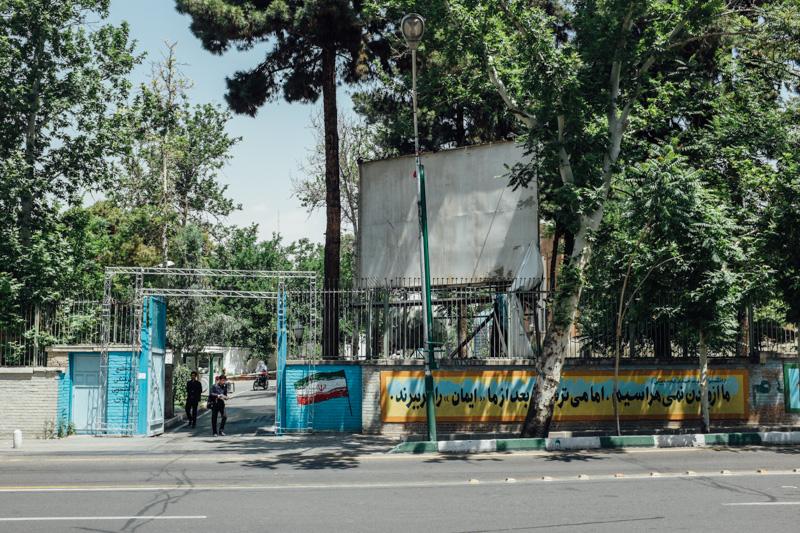
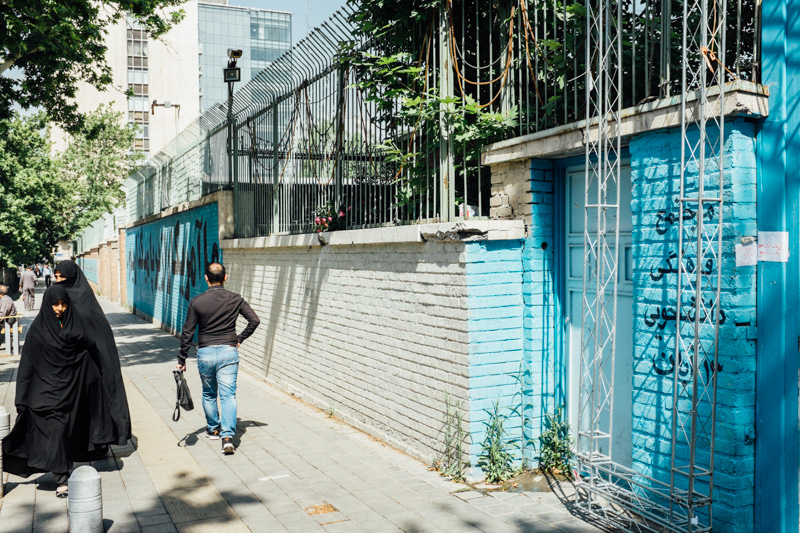
After the last of the hostages were released on 20 January 1981, the former US embassy building (otherwise known as the “Den of Espionage”) was used as a training centre for Iran’s Revolutionary Guard. These days the buildings acts as office space for several Iranian student organisations. A section of the main building remains relatively untouched from its embassy days, apart from anti-American propaganda and murals, and since 2001 has housed a museum and book store. The museum is closed to foreigners and rarely open to Iranians, however we “knew a guy who knew a guy” and, after parting with a nominal amount of cash, were able to get inside.
The building itself is a 2-story brick building, built in 1951, and similar to many US high schools built during the 1930s and 1940s. In fact, its nickname amongst embassy staff was “Henderson High”, referring to Loy W. Henderson, who was America’s ambassador to Iran at the time.
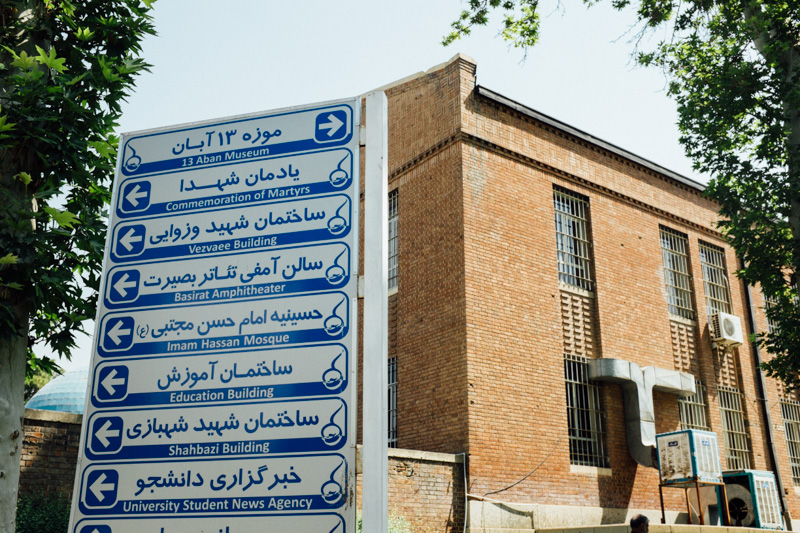
You can skip ahead if you want to get straight to the embassy part of this article, but I think it’s important to talk a bit about the history of US-Iran relations to get a full appreciation of context.
The best way to describe US-Iran relations is by saying “it’s complicated” and, unsurprisingly oil is at the centre. Nothing I say here can truly capture this complicated history, however, I’ll attempt to give you a high-level overview. During World War II, Mohammad Reza Pahlavi, with the support of the occupying Allied powers, took over the throne from his father to become the Shah of Iran. After the war, the majority of Iran’s oil was controlled by British Petroleum, which at that time was owned by the British government.
The democratically elected Prime Minister, Mohammad Mosaddegh, was engaged in a power struggle with the Shah. At the time the Shah wanted more power while Mosaddegh thought that Iran should be entitled to a share of profits made from Iranian oil. There was a lot of poverty in Iran at the time, and Mosaddegh believed that oil revenues should be used to help Iranians. In 1953, Mosaddegh led a general strike in the country, and sought damages for lost revenues from the British. Soon after, the US and Britain supported a royalist coup against Mosaddegh and helped to depose the prime minister.
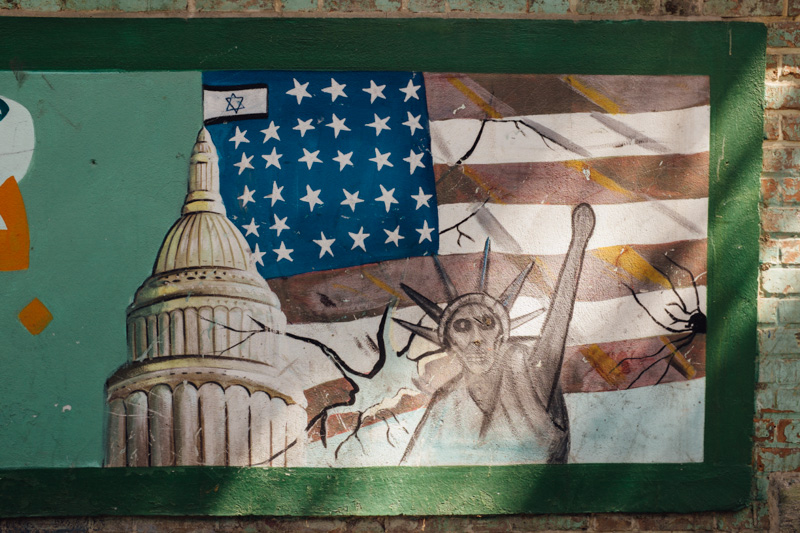
The Shah appointed himself absolute monarch and, with continued US support, took complete control of the government. The Shah used his CIA-trained special police, SAVAK, to stamp out free speech and dissent. Unsurprisingly, life for everyday Iranians didn’t get any better. As you can imagine, after 25 years of this, most Iranians were pretty annoyed with both the Shah and the US and on New Year’s Eve 1977, when US President Jimmy Carter was seen on TV toasting the Shah and giving a speech about how beloved the Shah was by the Iranian people, enough was enough. A few months later, Iran’s Islamic Revolution began and things reached a flashpoint when on 4 November 1979 the US embassy was taken over by students loyal to revolutionary leader Ayatollah Khomeini, who considered the US to be the “Great Satan”.
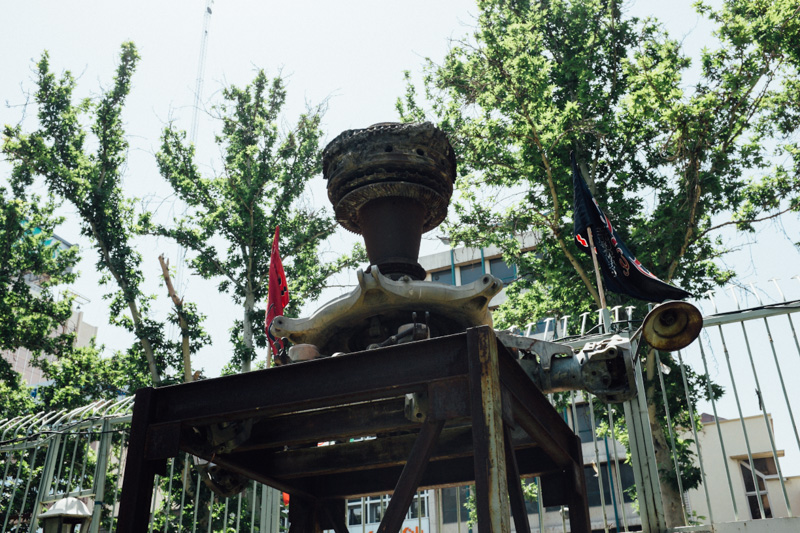
Here we are in 2015, and to say that relations between Iran and the US are still strained is an understatement. Recent talks between US President Barrack Obama and Iranian President Hassan Rouhani have given everyday Iranians some hope that relations between the 2 nations will one day be normalised, and that crippling sanctions will be lifted. However, there are extremists on both sides who, whether it be out of ignorance, personal or financial reasons, do not want peace.
Yes there are Iranians who, with the encouragement of the Iranian government, shout “Death To America” and burn American flags but there are also US Senators who think that the US should “bomb Iran back to the Stone Age”. These represent extreme views on both sides and are not representative of everyday people. Meet an average Iranian on the streets of Iran and what you’ll soon realise is that most in the country are ordinary people who just want to live their lives in peace. They don’t hate the US, they aren’t terrorists and they aren’t extremists. Politics and agendas, however, get in the way and as has been the case in Iran since World War II, the ones who suffer are the ones who don’t deserve to.
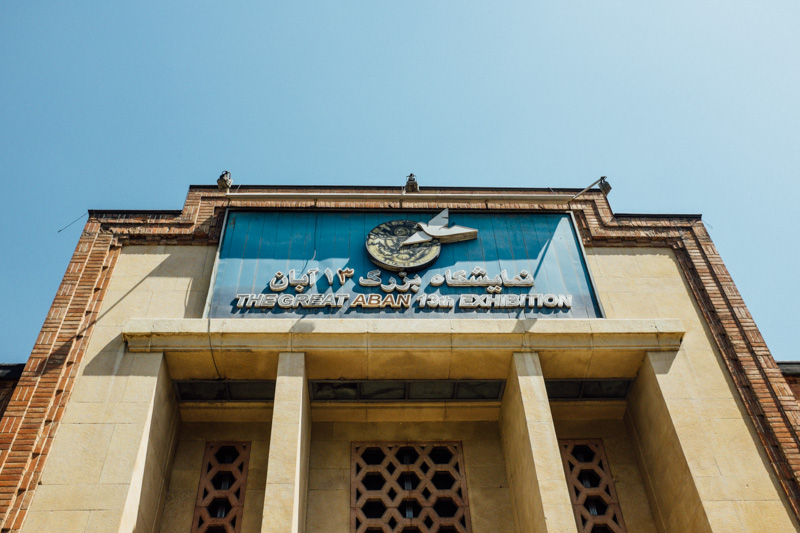
At the entrance to the main embassy building is a replica Statue of Liberty, the caged doves representing “the suppression by the US of the freedom of its citizens”. Ironic indeed in a country where over 50% of the top 500 visited websites in the world (including Facebook and Twitter) are banned. Because of these restrictions, the use of VPNs amongst the tech-savvy Iranian people is very high – we met a lot of Iranians and saw a lot of ads for businesses with Facebook accounts for example.
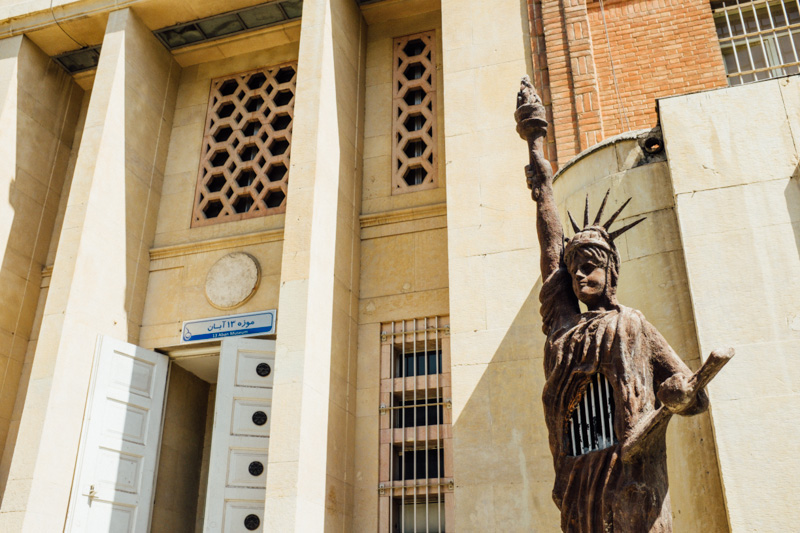
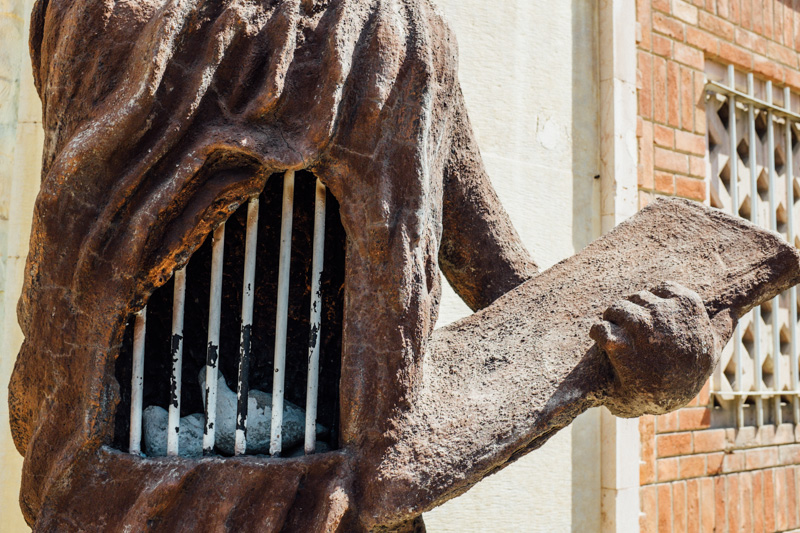
The walls of the stairwell that lead to the main part of the embassy are covered with murals covering the period from the 1979 revolution through to September 11. Unsurprisingly, the Illuminati and Israel feature prominently in the conspiracy-heavy propaganda. Our guide, when explaining the mural below, was convinced that 9/11 was an inside job.
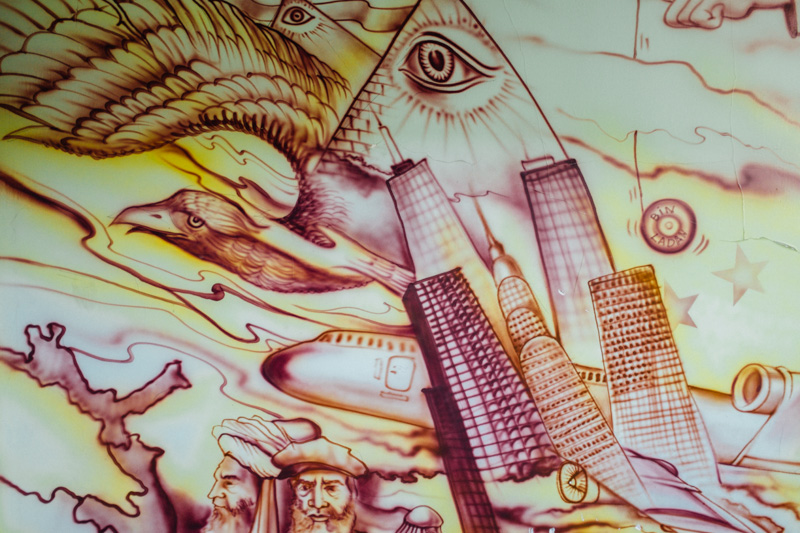
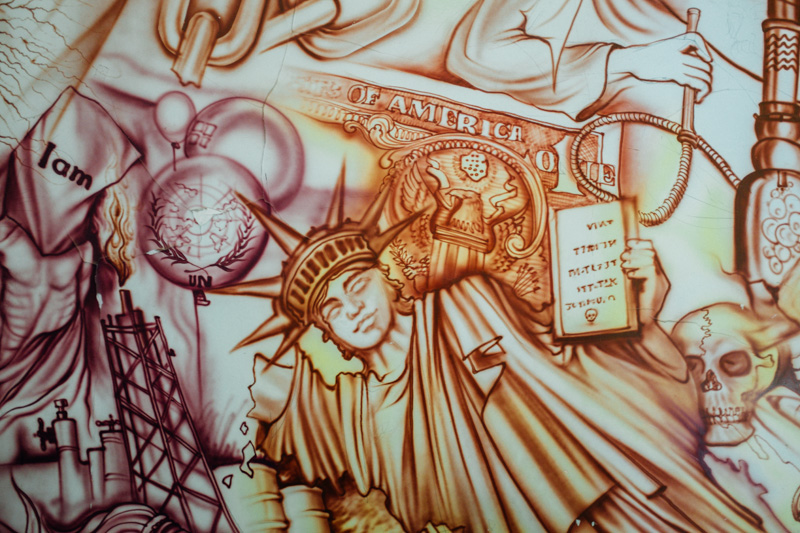
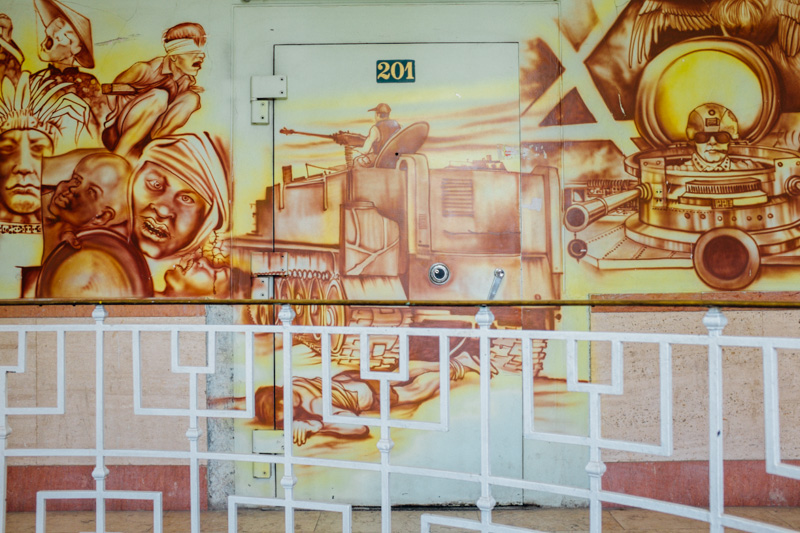
Not the first or last time we saw this slogan. The Farsi writing translates as “Death to America”. Walking through the door where this floor mat sat led to a series of rooms that made it very apparent that this was not your regular embassy. It became very clear that the US used this building for a lot more than just embassy work. It felt more like walking through MI6 headquarters circa Roger Moore-era James Bond.
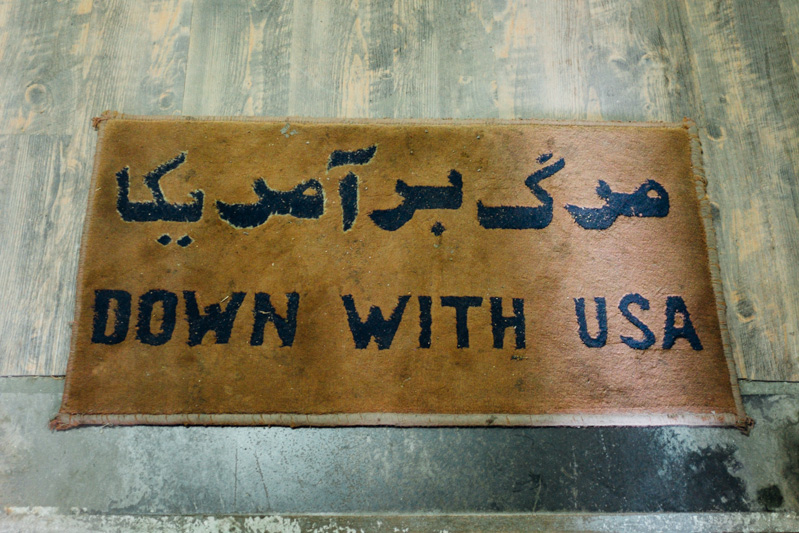
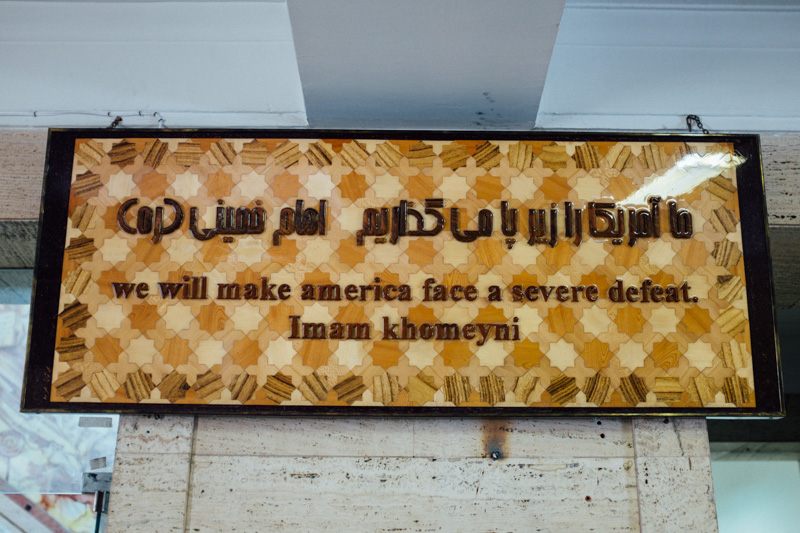
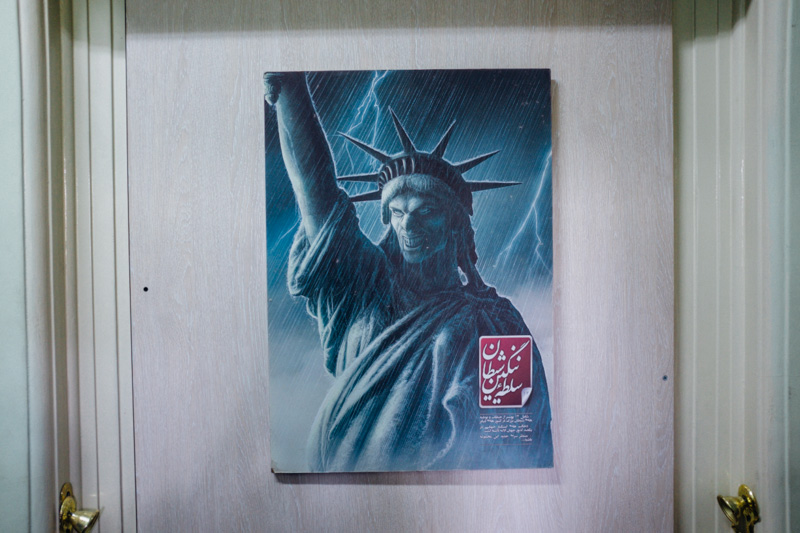
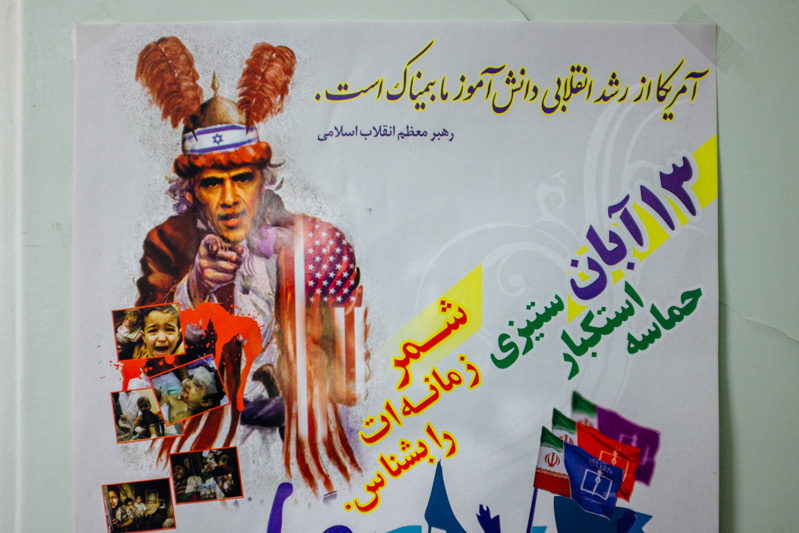
We were taken through the embassy not by a guide, but by one of the government employees who works in the building, along with our friend and guide Vahid who acted as translator. We were told that the “Glassy Meeting Room” was used by the CIA for interrogations and secret meetings as, at the time, its plexiglass walls were impossible to hear through, and the room was incapable of being bugged.
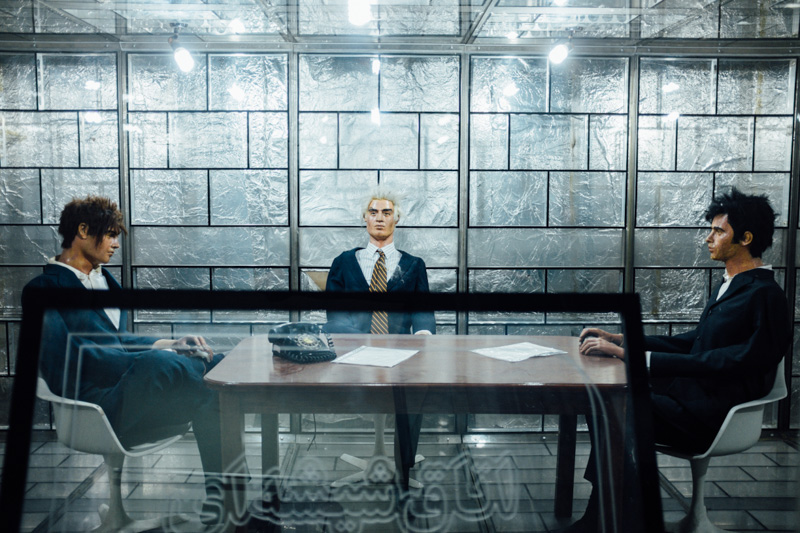
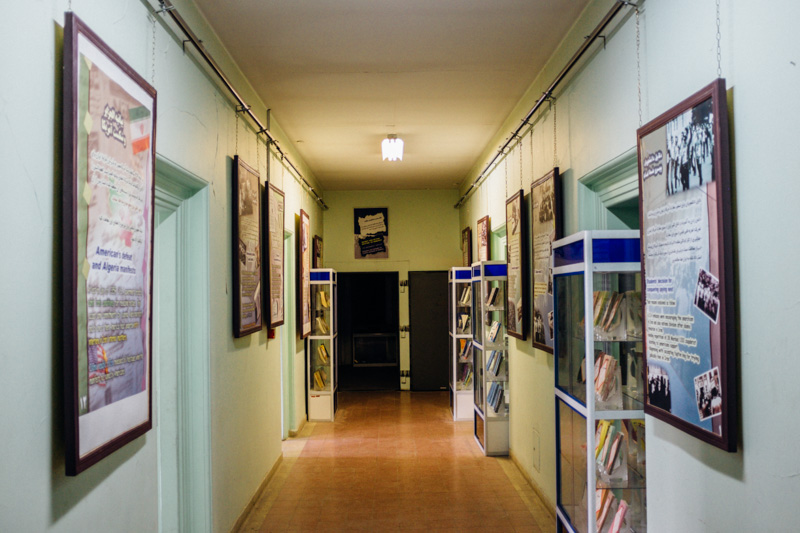
The embassy still contains a lot of the original equipment that was there back in the day. CIA, NSA – it’s all here. I was astounded at how high tech some of this equipment was and what it was capable of give its 1970s vintage. Given what we already know from WikiLeaks and the Edward Snowden NSA leaks, I shudder at the thought of what technology the various spy/security agencies must have today.
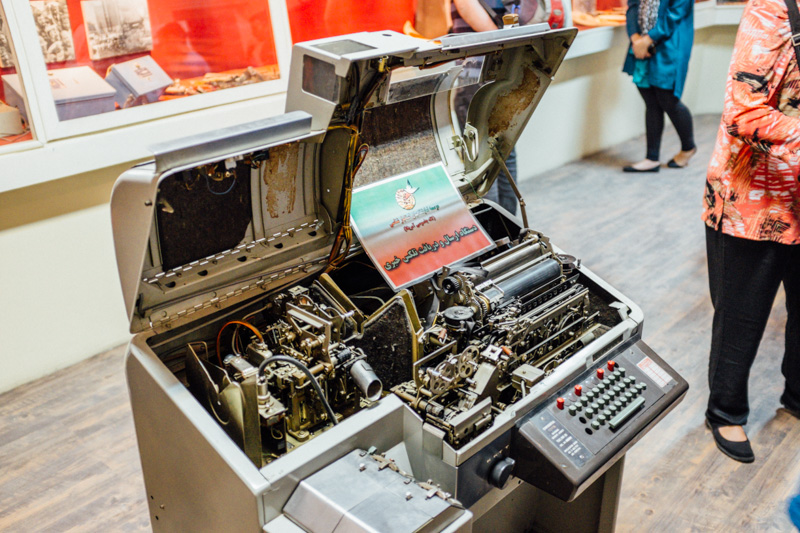
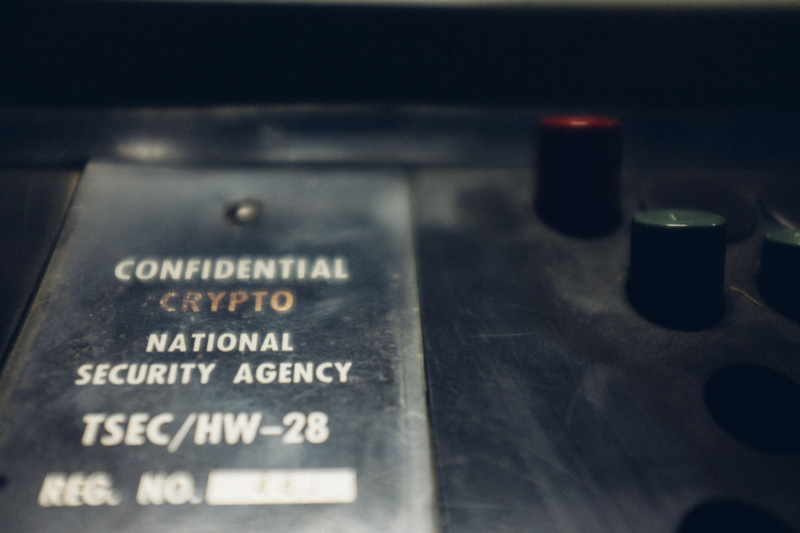
The next room we saw contained bombs covered with posters featuring some of the expected government favourites – George W Bush Jr and Snr, Bill Clinton and Saddam Hussein. The pipes coming out of the bombs were attached to a “doll” of a baby. Our guide, ever the open-minded individual, was convinced that the real reason for the US being in Afghanistan was so they could murder children and harvest their organs for Israel. With a straight face he claimed “Isn’t it obvious why Israel has such a great record when it comes to operating on sick and injured children?” It was as if I was listening to the Iranian version of Sean Hannity imparting his wisdom.
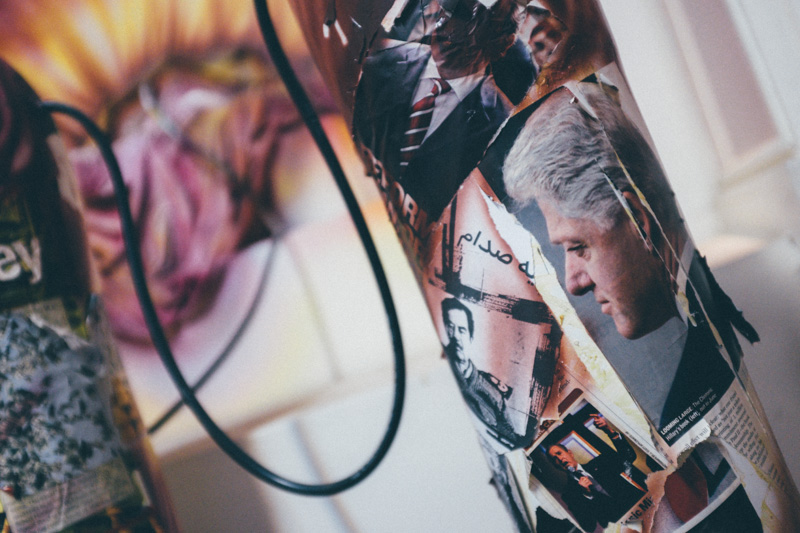
Something that surprised me was just how free we were to do what we wanted when inside the embassy. We were allowed to take photos of anything that we wanted, and on several occasions I split from our small group and explored rooms by myself that didn’t form part of the “tour”. Curiously, the guy showing us around was accompanied by a “friend” who we were told was checking out the embassy for the first time, You say he’s just a friend but…
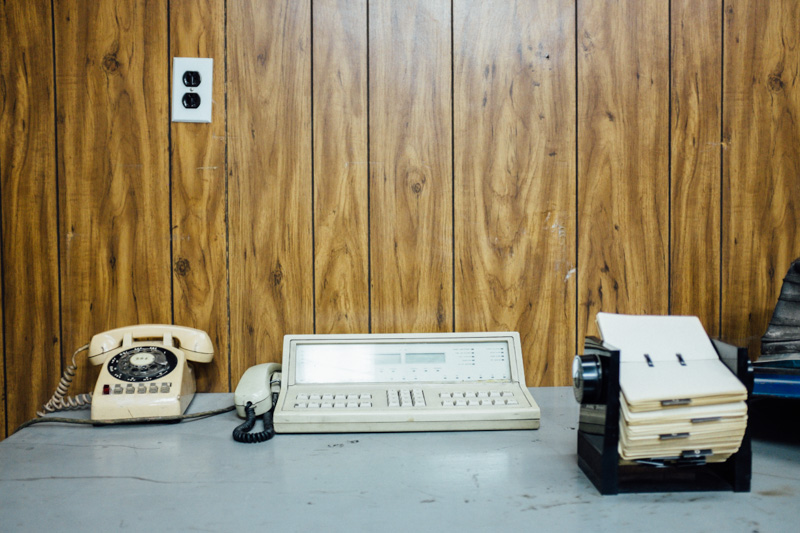
This was one of the most fascinating parts of the embassy. This very solid door could only be opened by passing a retina and fingerprint scan. Once inside, the individual would put any printed message in a slot and leave.
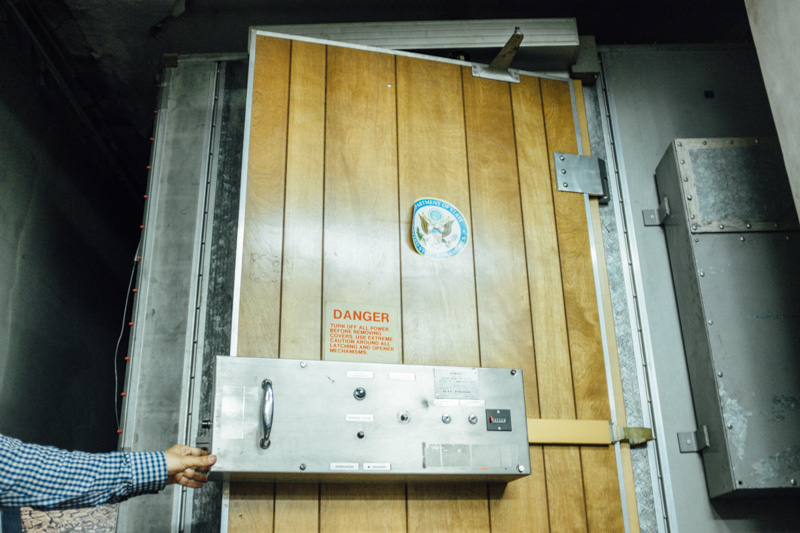
In a completely separate and equally secure room, the message would fall through to this box where it would be retrieved. The person who received the message would know nothing about who it was that sent the message, and vice versa. Clearly not the kind of security required for standard embassy work.
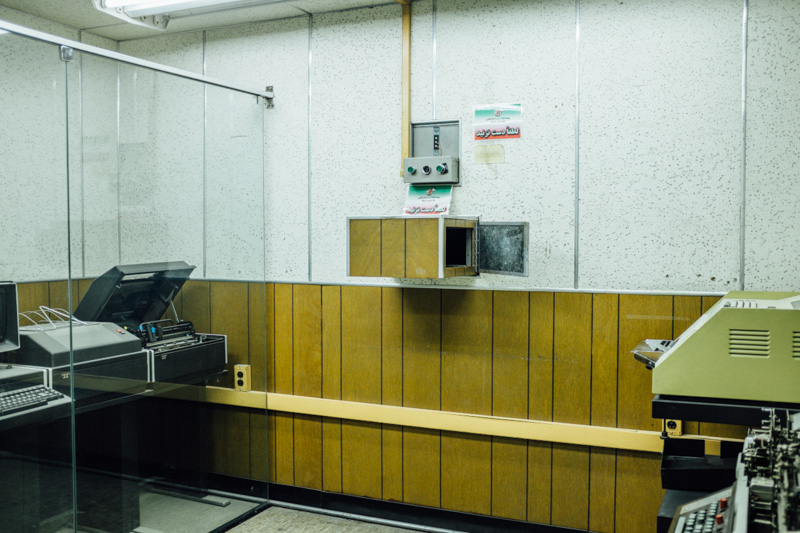
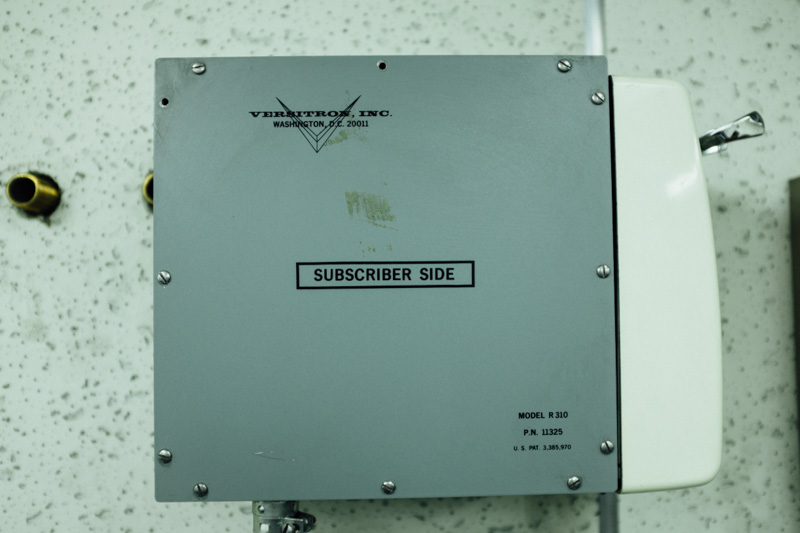
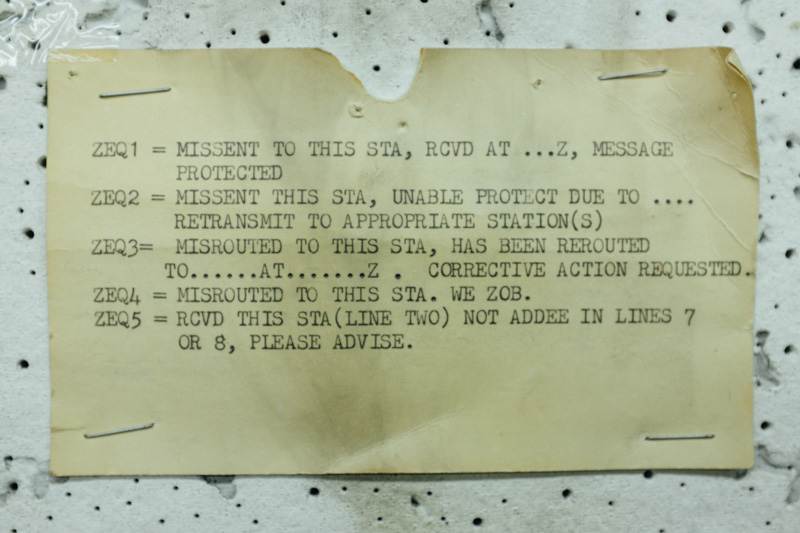
I wasn’t kidding when I said that a lot of what we saw was relatively untouched. It really did feel like stepping back in time.
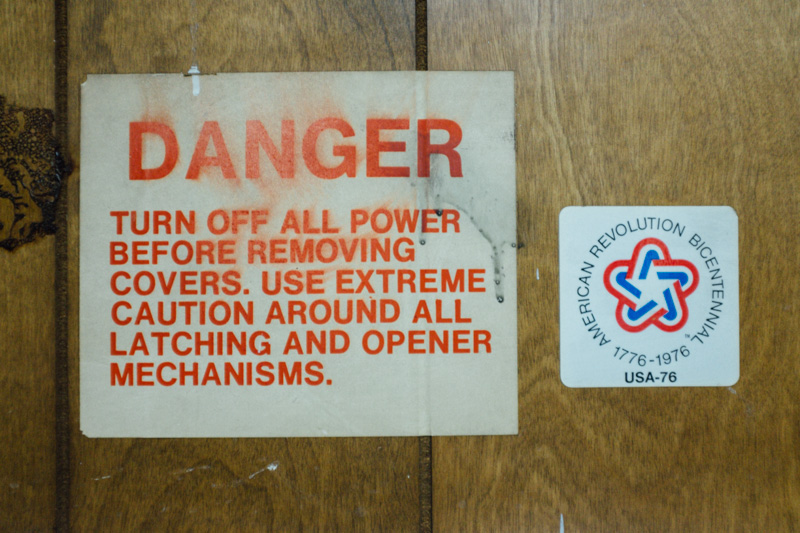
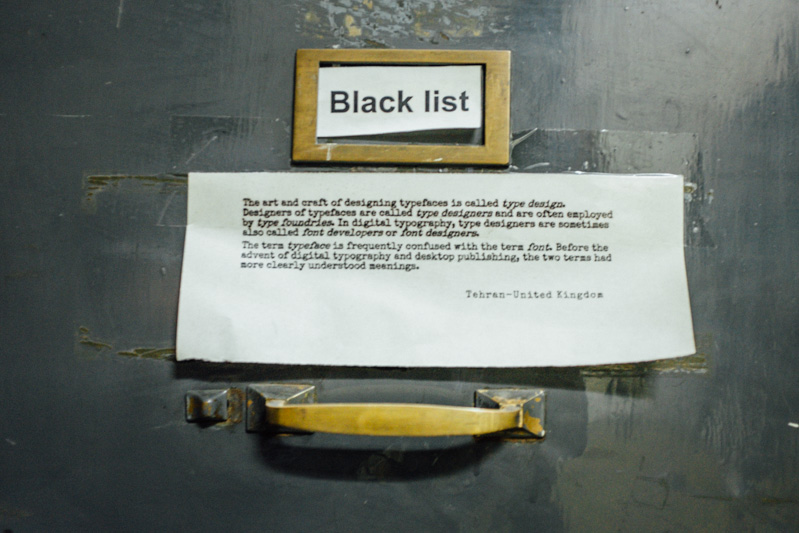
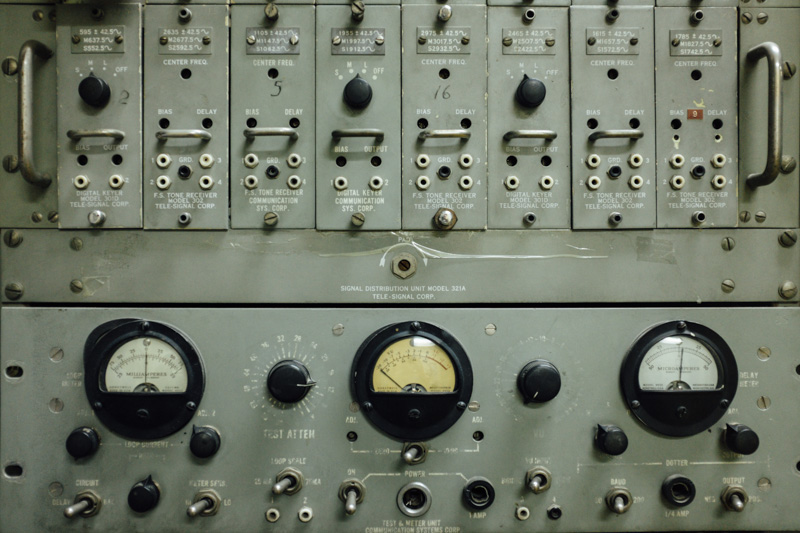
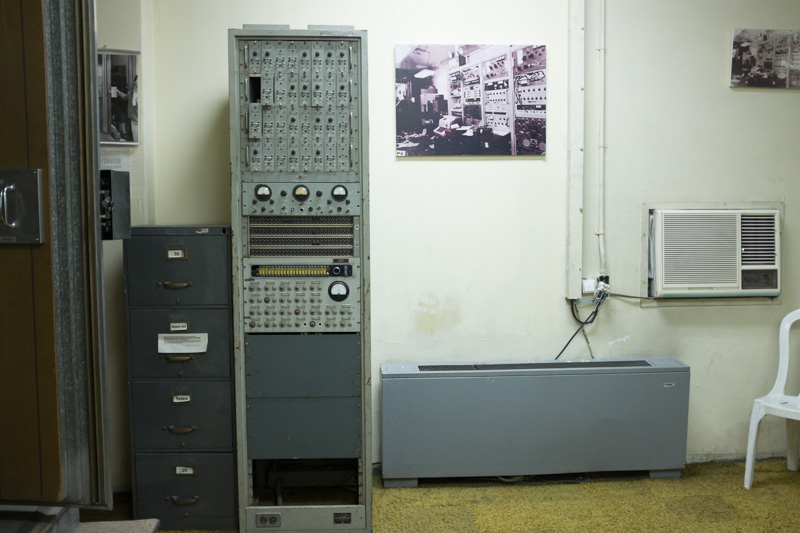
We were told that this room is where fake passports and documents were created. We were also shown a book full of documents that had been reconstituted by students after the embassy takeover. Reconstituted, because the top secret documents were in the process of being shredded to pieces by embassy staff when it became apparent what was going on. Supposedly, the documents outlined how the CIA was planning to plant spies at all levels of the Iranian government, covertly taking over the country if you will. True or not, I’ll leave you to decide but it is curious that to this day that these documents remain classified by the US government. We were told we would be given copies so that we could decide for ourselves, but the promised copies never came.
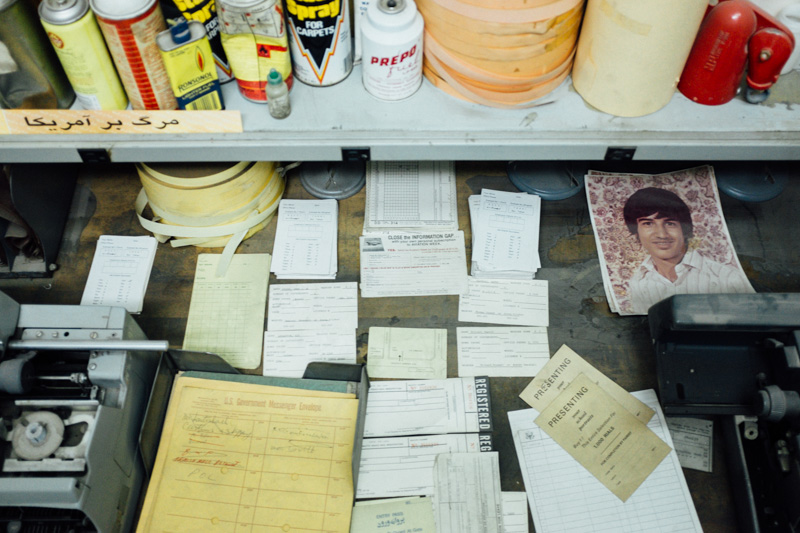
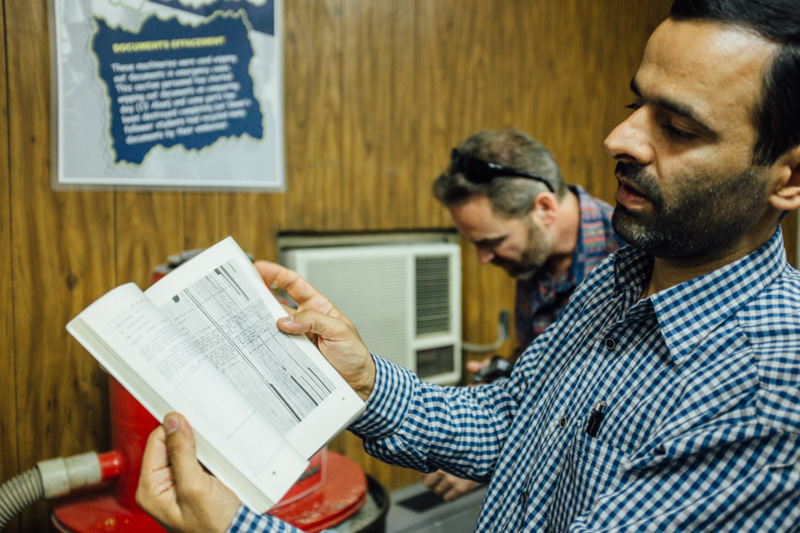
I’m pretty sure this wasn’t part of the original decor. When in this conference room of sorts, our guide gave us another gold quote. As he spoke, an Iranian friend who was with us rolled her eyes and said “I’m sorry you have to hear this, these views really don’t represent the views that most of us hold”. Curious to know what he said, we turned to Vahid, who told us, “What the guy just said is actually quite beautiful and poetic in Persian, and no matter how I try to say it in English, it’s not going to sound right.” Vahid paused and thought for a while before continuing “What he said was that Iran has no problem with Jews, but if Israel dares to try anything with us, we will destroy every city in their land to the level of sand”.
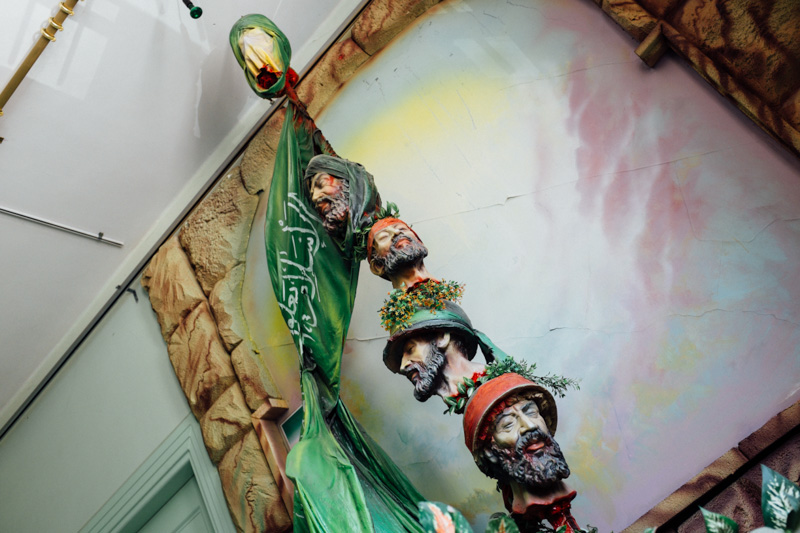
While in this room, our guide proudly told us about the time that Iran captured a US drone and sold it Hezbollah, which Hezbollah promptly put to work for several hours in Israel before it was shot down.
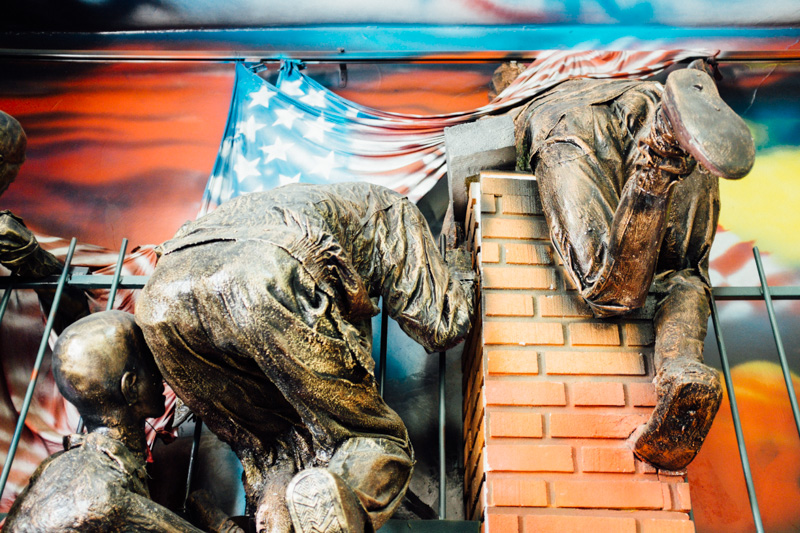
On 3 July 1988, the US Navy guided missile cruiser Vincennes erroneously mistook passenger airline Iran Air Flight 655 for a F-14A Tomcat fighter. The incident took place in Iranian airspace, over Iran’s territorial waters, and on the flight’s usual flight path. The incident triggered very little coverage by the Western mainstream media and, despite a 53-page Pentagon report finding that almost all of the immediate details given of the shooting-down were erroneous, the officers and crew were absolved of all responsibility.
A 1996 International Court of Justice settlement between Iran and the US included the statement “…the United States recognized the aerial incident of 3 July 1988 as a terrible human tragedy and expressed deep regret over the loss of lives caused by the incident…”, however the US has not admitted legal liability for the incident and has never formally apologised.
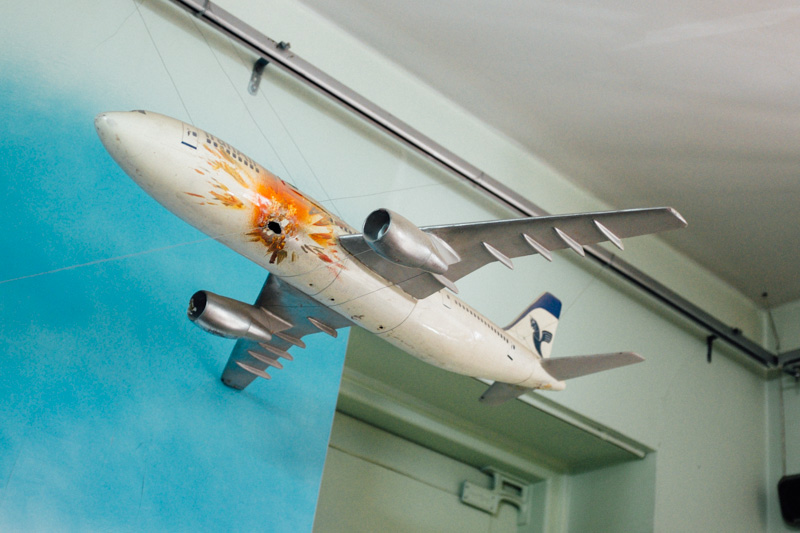
It’s easy to see why many in the West find it easier to portray, to this day, Iran (and Iranians) as the bad guy rather than admit to the truth of what they helped create. Storming embassies and violating international rules of diplomatic immunity is certainly wrong, but so is overthrowing democratically elected governments. Like I said, it’s complicated. What’s for certain is that the Iranian people are the ones who have consistently been given the short end of the stick. First they were screwed by the British, then by the US, and then by the leaders of the Islamic Revolution who have proceeded to govern quite differently than most Iranians had hoped.
The embassy is a fascinating place to visit and an interesting part of history that’s very rarely seen by foreigners or Iranians – the views presented in the museum are extreme, and not at all representative of what the majority of Iranians think. It’s important, however, to know that they exist.

